The old ways of buying food won’t cut it anymore for today’s shoppers. With transparency, convenience, and personalization at the top of their needs, consumers drive a massive shift in how brands reach them. As traditional retailers scramble to keep up, DTC food brands are seizing the moment, cutting out middlemen to deliver not just products but tailored experiences.
This trend shows no signs of slowing, with Salesforce reporting that 64% of shoppers now choose to buy directly from brand-owned channels. These platforms offer more than just a product—they provide authenticity, confidence in quality, and curated experiences that larger marketplaces simply can’t replicate.
Global e-commerce sales are projected to reach $6.3 trillion in 2024, rising from $5.8 trillion in 2023, underscoring the shift toward online purchasing. The food industry is emerging as a critical player in this shift as DTC brands redefine market dynamics and elevate consumer expectations worldwide.
An example of this success is US-based Thrive Market, a subscription-based online grocery service catering to ethically minded shoppers. With over 1.2 million subscribers, Thrive Market shows how DTC brands combine convenience with a commitment to sustainability. Their approach has set a new benchmark for how brands can align with consumer values while delivering a seamless shopping experience.
What Drives the Growth of DTC Food Brands?
Direct-to-consumer food brands have experienced exponential growth due to evolving consumer behaviors, technological advancements, and shifting market dynamics. While already gaining momentum, the pandemic accelerated the adoption of DTC food brands by driving more consumers toward online shopping and home delivery channels.
Consumer-Centric Strategies
- Personalization and Customization
- Consumers can tailor their orders based on dietary needs (e.g., vegan, keto, gluten-free).
- Brands offer curated subscription plans, meal kits, and customizable snack boxes.
- Convenience and Accessibility
- Online platforms make it easy for consumers to purchase products from the comfort of their homes.
- Subscription models provide regular deliveries, ensuring consumers never run out of their favorite products.
- Transparency and Trust
- DTC brands emphasize ethical sourcing and clean ingredients.
- Brands build trust through direct communication with consumers via social media and email.
Technology and Digital Platforms
The rise of e-commerce and digital tools has been instrumental in propelling DTC food brands.
| Technology | Impact |
| Social Media Marketing | Platforms like Instagram and TikTok enable brands to build a strong online presence. |
| Data Analytics | Tools help brands analyze consumer preferences and optimize product offerings. |
| Mobile Apps | Apps streamline ordering processes and enhance customer experiences. |
| AI-Powered Personalization | Chatbots and recommendation engines create tailored shopping experiences. |
DTC Food Market Trends
Cultural and generational shifts are also fueling the DTC food trend.
- Demand for Ethical and Sustainable Products
- Younger consumers prioritize sustainability and ethical practices.
- Brands offering eco-friendly packaging and fair-trade ingredients gain a competitive edge.
- Shift Toward Health and Wellness
- Consumers are more focused on health-conscious eating.
- Functional foods, plant-based options, and immunity-boosting products are in demand.
- Generational Influence
- Millennials and Gen Z prefer digital-first interactions, resonating with DTC brands’ approach.
- These generations value convenience, transparency, and brand storytelling.
Key Benefits of the DTC Model
DTC food brands are redefining traditional business models, offering unique advantages that resonate with modern consumers. Their ability to streamline operations, connect directly with their audience, and deliver unique value propositions makes them formidable players in the modern food industry. These benefits not only set DTC brands apart but also enable them to thrive in a competitive marketplace.
Direct Consumer Relationships
- Data-Driven Insights: By selling directly, brands gain invaluable data on consumer preferences and purchasing patterns, enabling real-time decision-making.
- Personalized Marketing: With direct access to consumers, brands can create highly targeted marketing campaigns tailored to specific segments.
- Agility in Product Development: Feedback loops are shorter, allowing brands to adapt and innovate quickly based on consumer input.
Efficient Supply Chain Management
- Eliminating Intermediaries: By bypassing wholesalers and retailers, brands retain greater control over pricing and margins.
- Improved Inventory Control: Real-time tracking systems help prevent overstocking or stockouts, optimizing supply chain efficiency.
- Cost Savings: Reduced reliance on intermediaries translates to lower operational costs, which can be passed on as savings to consumers.
| Traditional Supply Chain | DTC Supply Chain |
| Involves multiple intermediaries | Direct from brand to consumer |
| Higher costs due to markups | Lower costs with no middlemen |
| Limited control over distribution | Full control over distribution |
Stronger Brand Loyalty
- Community Building: DTC brands foster deeper connections through storytelling, transparency, and direct engagement on digital platforms.
- Exclusive Offers: Loyalty programs and member-only benefits strengthen customer retention.
Enhanced Customer Experience: Personalized packaging, thank-you notes, and exclusive content create memorable interactions that drive repeat purchases.
How DTC Food Brands Leverage Packaging to Elevate the Consumer Experience
For food brands, product packaging is more than a container—it’s a pivotal touchpoint that bridges the physical and digital shopping experience. Thoughtfully designed packaging serves multiple roles: it protects the product, reinforces the brand’s identity, and enhances the customer’s unboxing experience. Innovative packaging can be the differentiator that keeps customers returning for more.
- Brand Storytelling
- Packaging provides an opportunity to tell the brand’s story visually, from eco-friendly messaging to cultural nods.
- Custom designs and premium materials create a memorable unboxing experience that resonates with customers.
- Sustainability
- Environmentally conscious packaging is a priority for Millennial and Gen Z consumers.
- Using recyclable, compostable, or reusable materials showcases a commitment to sustainability.
- Functionality and Protection
- Durable packaging ensures products arrive intact, even after long shipping journeys.
- Functional designs, like resealable bags or compact boxes, improve usability and convenience for consumers.
- Marketing and Retention
- Unique designs encourage social sharing, effectively turning customers into brand advocates.
- Personalized messages and custom inserts can boost customer loyalty.
Case Study: Daily Harvest – A Packaging Revolution in DTC
Image Courtesy: Daily Harvest
Overview
Daily Harvest, a subscription-based DTC food brand specializing in ready-to-blend smoothies and plant-based meals, has mastered the art of packaging to align with its health-conscious and eco-friendly ethos.
Packaging Strategies
- Minimalist Design: Clean, modern designs reflect the brand’s fresh and healthy identity. Each package includes vibrant visuals of ingredients, emphasizing product transparency.
- Eco-Friendly Materials: Daily Harvest uses 100% compostable and recyclable packaging, reducing its environmental impact while appealing to sustainability-conscious consumers.
- Customer-Centric Functionality: The brand’s insulated delivery boxes ensure frozen meals and smoothies arrive in perfect condition, preserving quality during transit.
- Personal Touches: Boxes often include inspirational messages and guides on how to best enjoy the meals, enhancing the unboxing experience.
Impact
- Daily Harvest has seen a significant increase in social media engagement, with customers frequently sharing unboxing videos and photos of the aesthetically pleasing packaging.
- Its eco-conscious packaging has bolstered customer loyalty, as many subscribers cite sustainability as a deciding factor in their purchase.
Emerging Trends in DTC Food Packaging
- Smart Packaging
- Technologies like QR codes and NFC tags allow consumers to scan packages for product details, sourcing information, and preparation tips.
- Augmented Reality (AR) Integration
- AR-enabled packaging creates immersive experiences, like virtual recipe tutorials or stories about the brand’s mission.
- Personalization
- Brands offer customizable packaging options, such as names printed on boxes or tailored product bundles.
DTC Brands That Have Disrupted Traditional Brands by Building Customer Connections
Case Study: Magic Spoon – Redefining Breakfast Cereals
Image Credit: The New York Times
Overview: Magic Spoon, founded in 2019, has disrupted the traditional cereal market by offering high-protein, low-carb, and zero-sugar cereals that cater to health-conscious consumers seeking nostalgic flavors.
DTC Strategies:
- Product Innovation: Utilized alternative ingredients like monk fruit and allulose to create keto-friendly, grain-free cereals replicating classic flavors.
- Influencer Marketing: Collaborated with mid-tier influencers (100,000–500,000 followers) on platforms like TikTok to authentically promote products, leading to higher engagement rates.
Podcast Advertising: Invested in podcast ads, resulting in nearly 10% higher lifetime value (LTV) from podcast listeners than other channels.
Outcomes:
- Rapid Growth: Achieved significant market penetration, prompting expansion into retail channels in 2022.
- Brand Loyalty: Built a strong customer base by aligning with consumer trends toward nostalgia and health-conscious eating.
Case Study: Sakuraco – Bringing Japanese Tradition Worldwide
Image Credit: Sakuraco
Overview: Sakuraco offers monthly subscription boxes featuring authentic Japanese snacks, teas, and home goods, aiming to share Japan’s rich culinary traditions globally.
DTC Strategies:
- Curated Experience: Each box contains 20 artisanal items sourced from local Japanese makers, accompanied by a cultural booklet to enhance the unboxing experience.
- Thematic Packaging: Monthly themes, such as regional specialties, provide subscribers with a diverse and educational journey through Japan’s culinary landscape.
- Affiliate Marketing: Launched an affiliate program in 2021 to increase brand awareness and drive revenue, partnering with creators to reach wider audiences.
Outcomes:
- Global Reach: Successfully delivered Japanese cultural experiences to international subscribers, fostering an appreciation for traditional snacks and teas.
Customer Engagement: Enhanced customer loyalty through immersive cultural storytelling and high-quality, authentic products.
Challenges and Future Opportunities for DTC Food Brands
Key Challenges
- Logistics and Delivery
- Difficulty in maintaining a seamless delivery experience in regions with limited infrastructure.
- Rising delivery costs impacting profit margins.
- Market Saturation
- Intensified competition among DTC brands, especially in popular segments like meal kits and snacks.
- Consumer fatigue from overexposure to targeted ads.
- Maintaining Quality and Trust
- Scaling operations without compromising product quality or the personalized customer experience.
- Ensuring transparency and authenticity amid growing consumer scrutiny.
Future Opportunities
- Rural Market Penetration
- Expanding beyond urban areas to tap into underserved rural markets using hybrid online-offline strategies.
- Sustainability Innovations
- Adopting eco-friendly packaging and sourcing practices to appeal to environmentally conscious consumers.
- Leveraging partnerships with local farmers and producers.
- Tech-Driven Growth
- Exploring AI-powered predictive analytics for hyper-personalized marketing.
- Expanding into augmented reality (AR) experiences for immersive product engagement.
- Global Expansion
- Adapting offerings to fit diverse cultural and regional preferences.
- Collaborating with local influencers and creators to build trust in new markets.
Actionable Insights for DTC Food Brands
Direct-to-consumer food brands are uniquely positioned to capitalize on market trends and consumer preferences. However, they must adopt strategic approaches tailored to their target audience and operational strengths to sustain growth and remain competitive. Here are actionable recommendations for DTC food brands to thrive in an evolving market:
Leverage Data Analytics for Personalization
Why It Matters: Consumers expect tailored experiences that meet their unique preferences and dietary needs.
Action Steps:
- Implement AI-driven analytics to segment consumers by behaviors, preferences, and purchase history.
- Use these insights to create personalized marketing campaigns, such as customized meal plans or product recommendations.
- Invest in dynamic pricing strategies that adapt to consumer demand in real time.
Prioritize Sustainability
Why It Matters: Environmental consciousness is a key factor in consumer decision-making, particularly among Millennials and Gen Z.
Action Steps:
- Switch to biodegradable or reusable packaging materials to reduce your environmental footprint.
- Build partnerships with local farmers and producers to support sustainable sourcing.
- Communicate your sustainability initiatives clearly through product labeling and marketing campaigns.
Expand into Untapped Markets
Why It Matters: Emerging markets, especially rural areas, represent significant growth opportunities.
Action Steps:
- Develop localized product offerings that cater to regional tastes and preferences.
- Partner with local distributors and influencers to establish trust and awareness in new markets.
- Use mobile-first strategies, as many rural consumers rely on smartphones for online purchases.
Strengthen Brand Storytelling
Why It Matters: Consumers connect with brands that have a compelling story and clear values.
Action Steps:
- Share behind-the-scenes content about product creation, ethical sourcing, or community initiatives.
- Highlight customer success stories and testimonials to build trust and engagement.
- Use interactive platforms like live streaming to showcase your brand’s authenticity.
Embrace Emerging Technologies
Why It Matters: Technology can enhance consumer engagement and streamline operations.
Action Steps:
- Implement AR/VR for immersive shopping experiences, such as virtual try-before-you-buy features.
- Adopt blockchain for transparent supply chain tracking and product authenticity.
- Use IoT devices for inventory management and real-time quality control.
Optimize Customer Retention Strategies
Why It Matters: Retaining customers is more cost-effective than acquiring new ones.
Action Steps:
- Develop loyalty programs that reward repeat purchases with exclusive discounts or free products.
- Offer subscription-based models with flexible plans to keep customers engaged over time.
- Provide exceptional customer support via 24/7 chatbots and responsive service teams.
Foster Strategic Partnerships
Why It Matters: Collaborations can enhance brand reach and operational efficiency.
Action Steps:
- Partner with complementary brands to co-create products or bundled offerings.
- Collaborate with influencers and content creators to amplify your brand message.
- Work with logistics providers to optimize delivery speed and reliability.
Measure and Iterate
Gather customer feedback to refine products and services.
Why It Matters: Continuous improvement is essential for long-term success.
Action Steps:
To evaluate performance, use key performance indicators (KPIs) like customer acquisition cost (CAC), lifetime value (LTV), and conversion rates.
Conduct regular A/B testing on marketing campaigns and website features.
Final Thoughts
The rise of DTC food brands marks a transformative shift in the food industry, fueled by changing consumer preferences, digital innovation, and the demand for personalized experiences. Direct-to-consumer brands have redefined traditional business models by eliminating intermediaries and connecting directly with their audience, offering unique value propositions that resonate globally.
Key Takeaways
- Adaptability Is Crucial: DTC brands that embrace emerging technologies, prioritize sustainability, and personalize their offerings are better positioned for long-term success.
- Consumer-Centric Strategies Win: Meeting the evolving demands of health-conscious, ethically minded, and convenience-driven consumers is essential.
- Innovation Drives Growth: From AI-powered personalization to immersive shopping experiences, leveraging technology will set brands apart in a crowded market.
- Global Opportunities Abound: Expanding into untapped markets and adapting to local preferences can unlock significant growth potential.
As competition intensifies, the ability to innovate and adapt will determine which brands thrive in this dynamic landscape. DTC food brands must continually refine their strategies, invest in cutting-edge solutions, and stay attuned to consumer trends to remain relevant and competitive. Adopting a forward-thinking and consumer-first approach will be the key to sustained success for brands looking to navigate these challenges and capitalise on opportunities.
Get regular insights
Keep up to date with the latest insights from our research as well as all our company news in our free monthly newsletter.
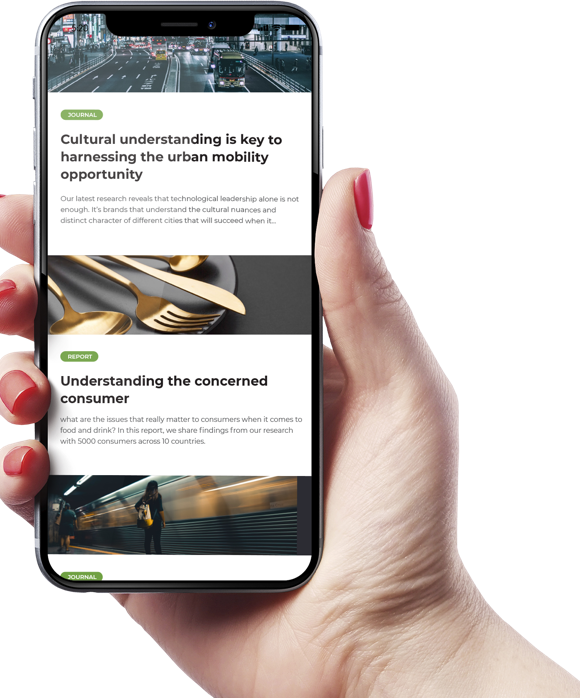

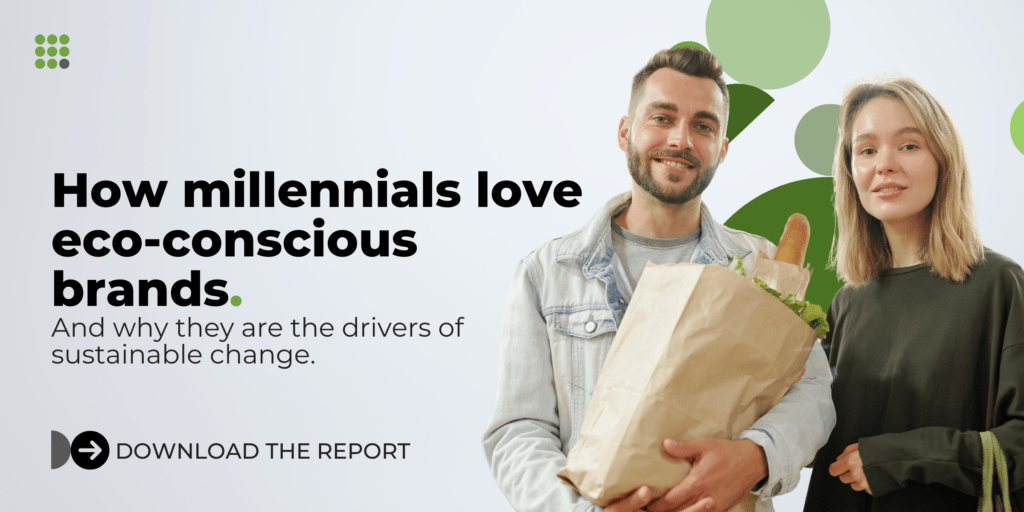



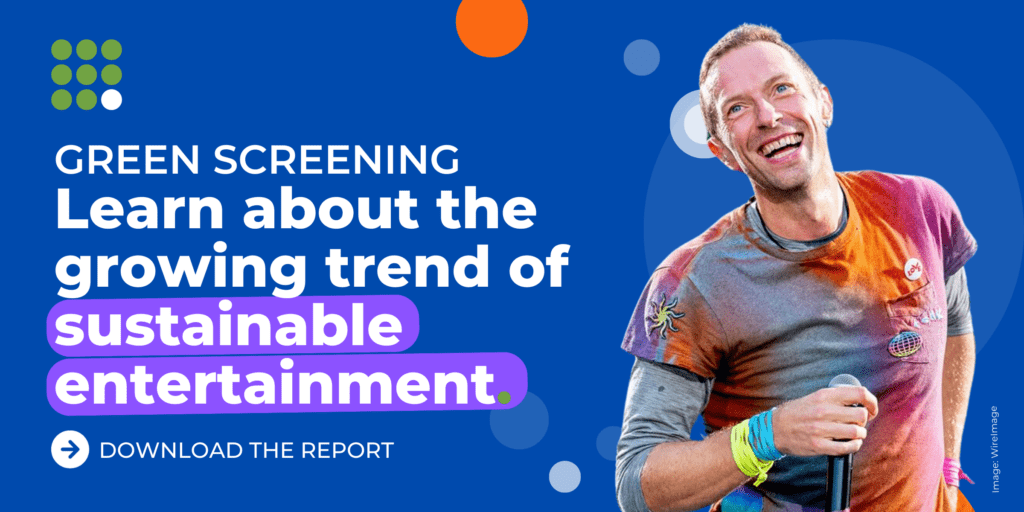

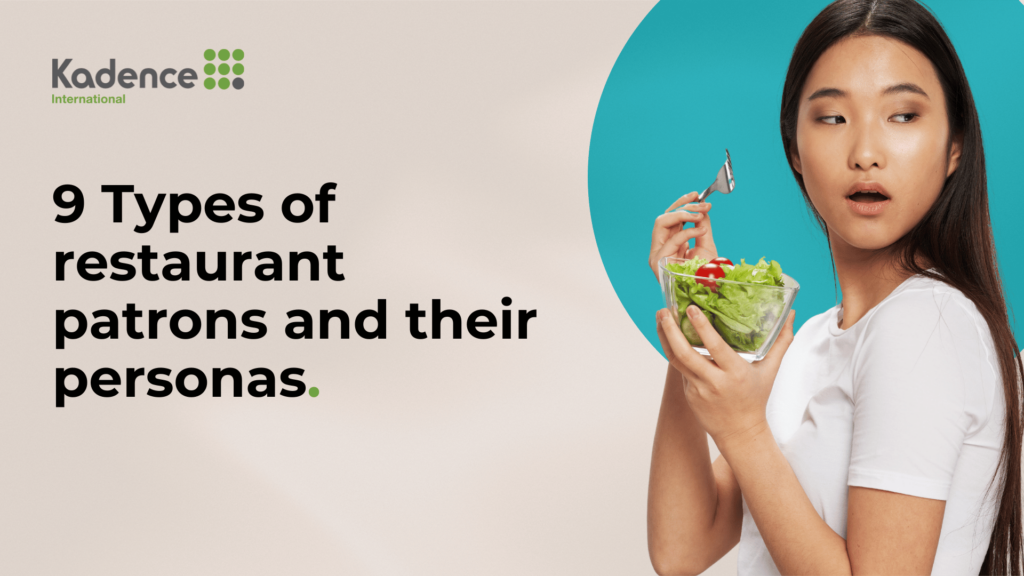




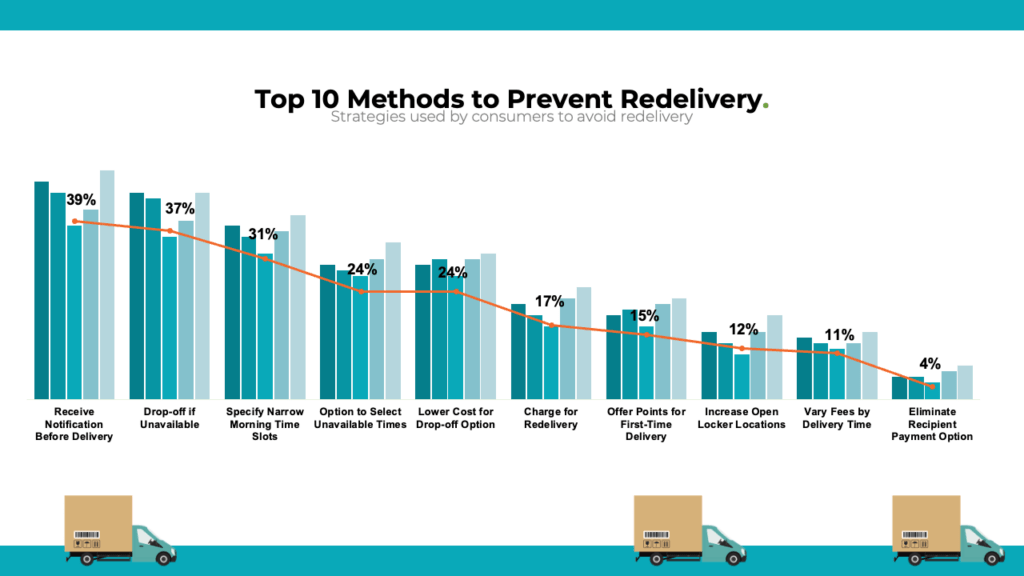

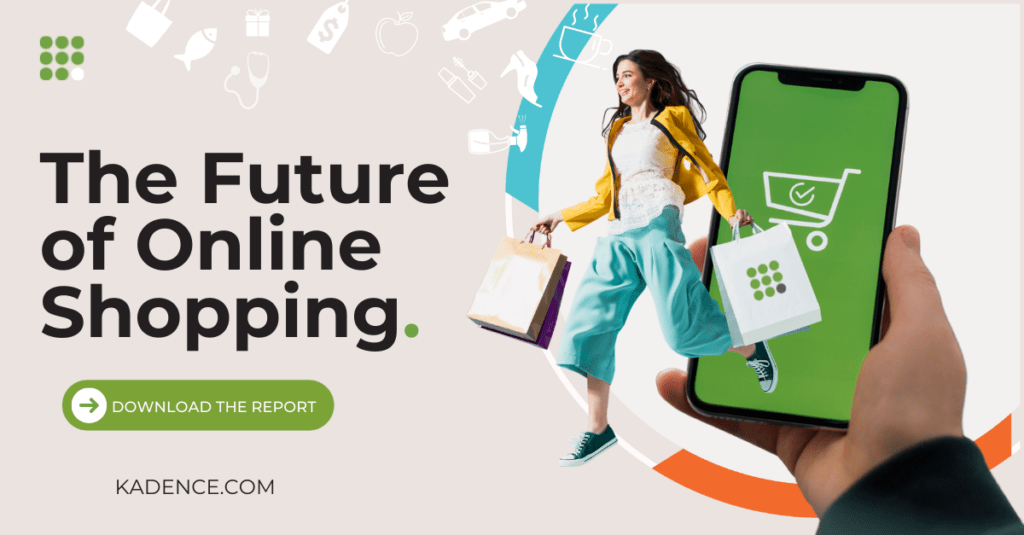


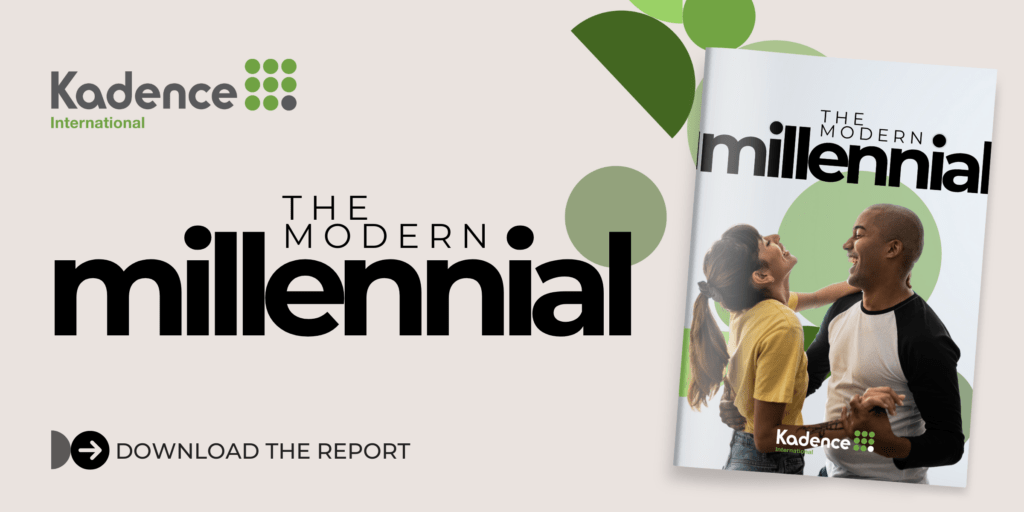
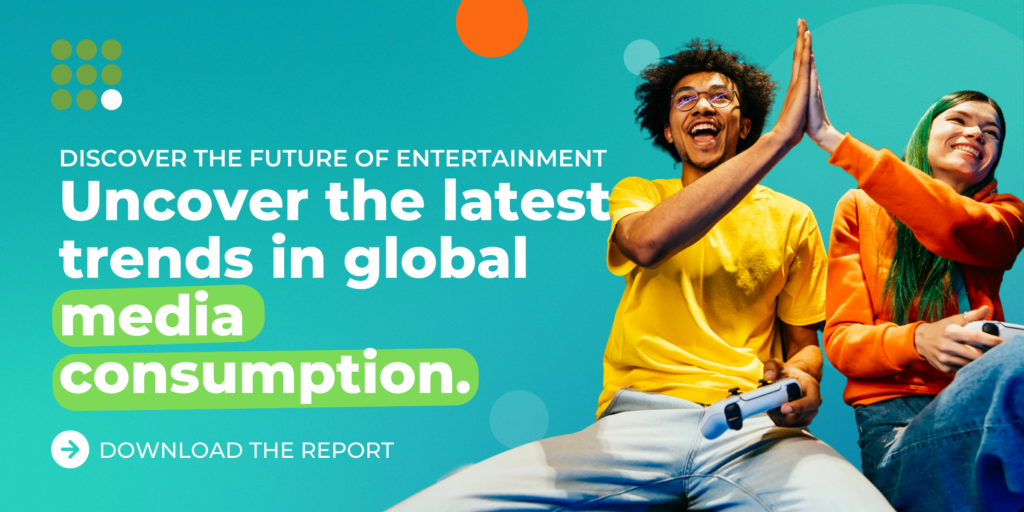


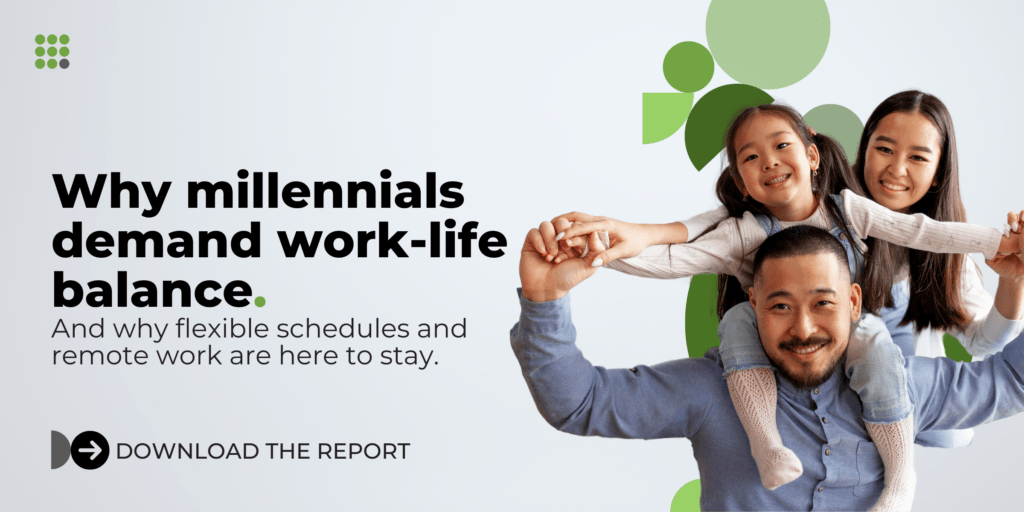
 Senior Marketing Executive
Senior Marketing Executive Sales & Marketing
Sales & Marketing General Manager PR -Internal Communications & Government Affairs
General Manager PR -Internal Communications & Government Affairs Vital Strategies
Vital Strategies
 Customer Intelligence Director
Customer Intelligence Director